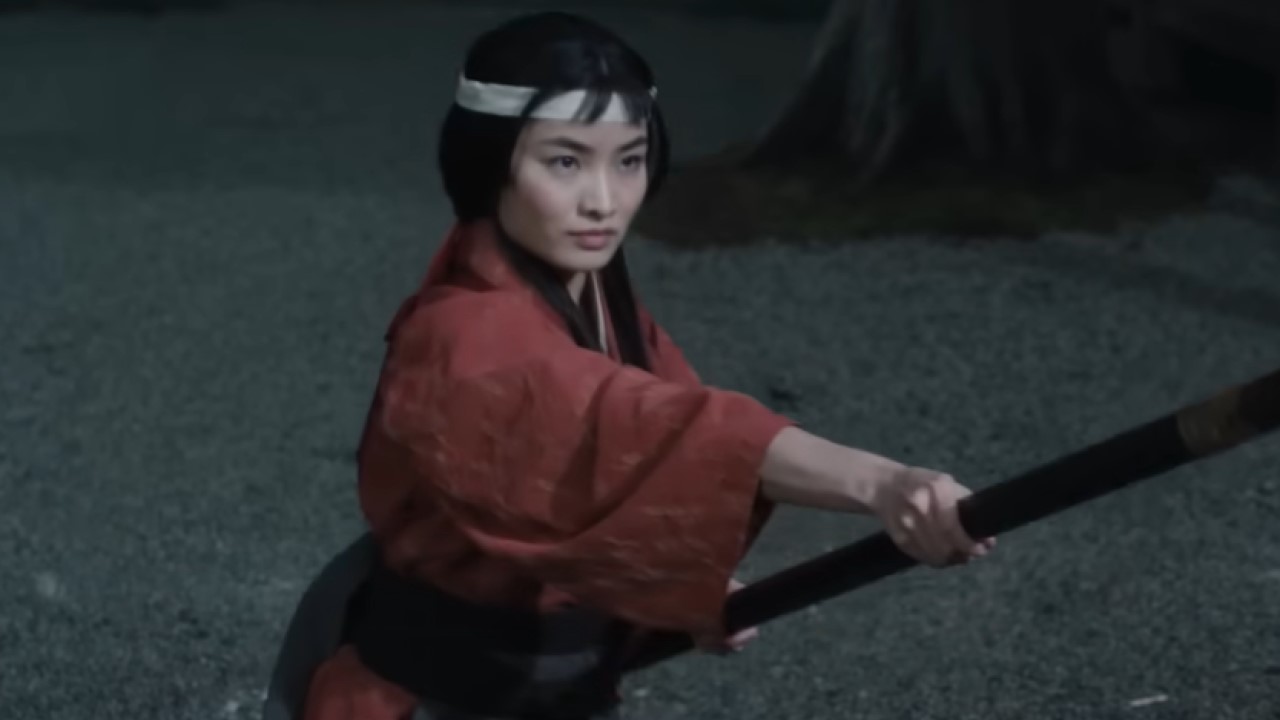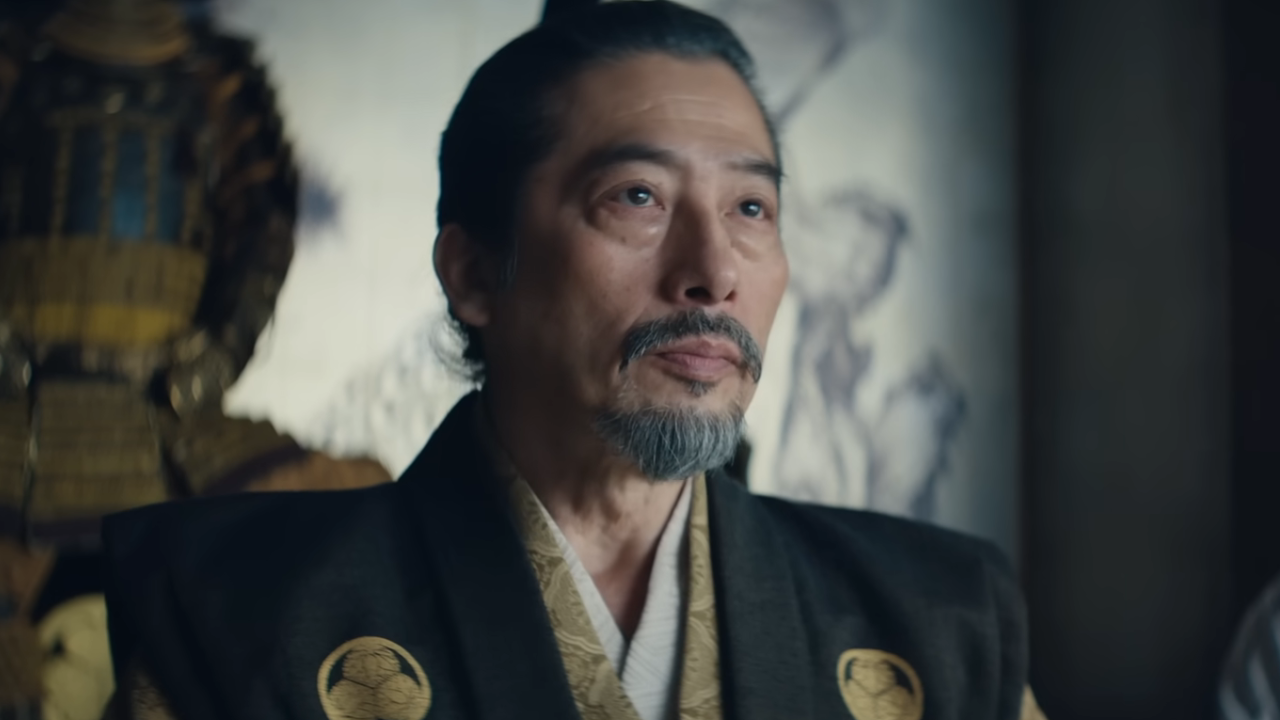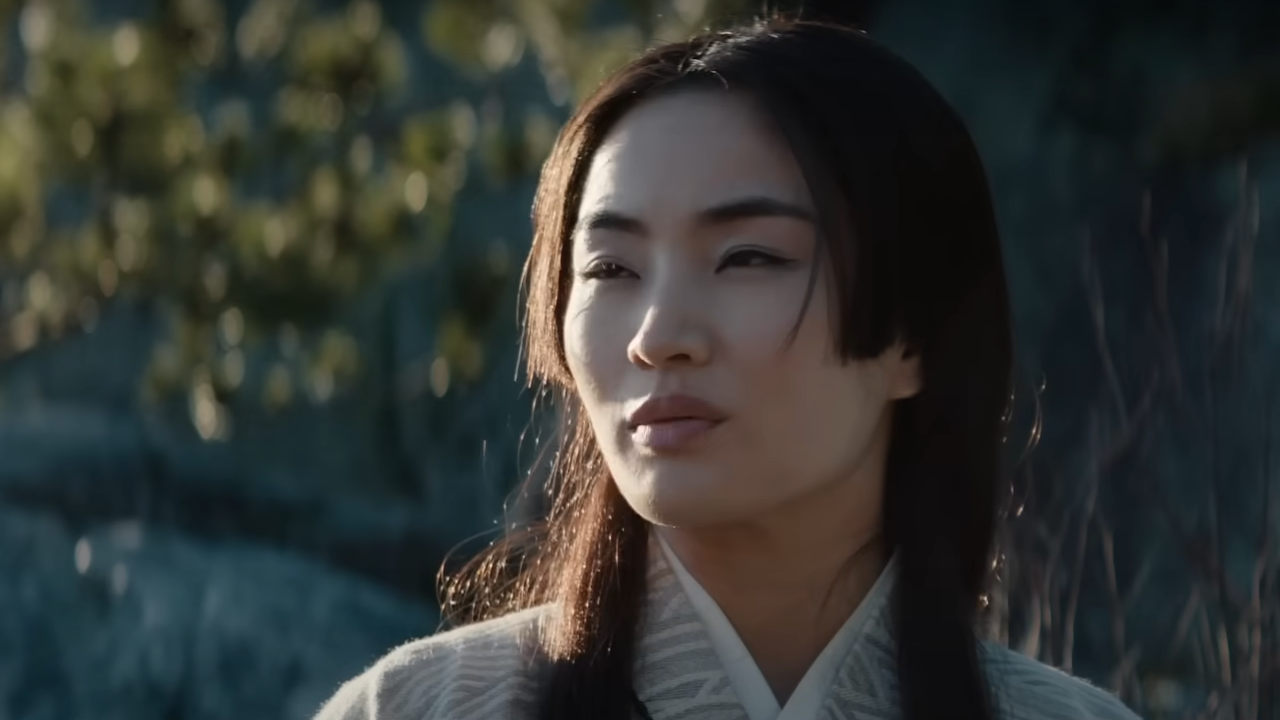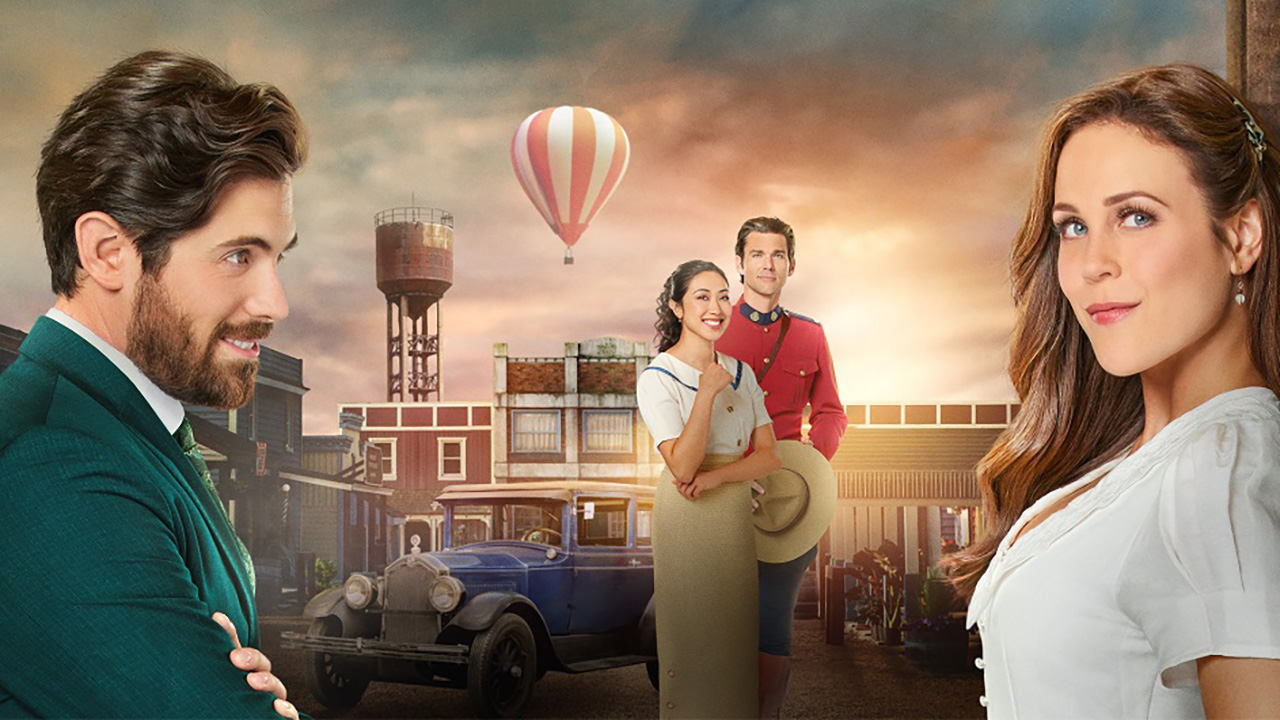5 Reasons Why I, A Big Fan Of The Shogun Novel, Am Absolutely Loving This New Series So Far
It's so good!

As an avid reader, you know I must have read James Clavell’s Shogun, as it was a bestseller back in the ‘70s, and it’s still popular even today. So, when word got out that we were getting another miniseries (and a good one, according to critics), based off of the famous novel, I just had to watch it.
And, let me tell you. I’m in love! Which, to me anyway, is shocking, since I typically don’t like book-to-screen adaptations. How can I when they typically put in too much of the source material, making it feel redundant, or, leave too much out, making me feel unsatisfied.
But, FX’s Shogun, at least with these first three episodes, is that rare exception where I think I may even like it more than the source material. How is that even possible? Well, you’re about to find out!

The Bitter (But Quiet) Rivalries Feel As Authentic As They Do In The Book
One thing I really love about the novel Shogun is all of the machinations and political intrigue woven throughout. It was the first historical novel I ever read about Japanese culture, and while I’ve read a few since (most notably Eiji Yoshikawa’s Musashi and Taiko, and Shusaku Endo’s Silence) that first impression Shogun left on me all those years ago has really stuck with me.
However, one thing that has also stuck with me is Clavell’s narrative approach, being that a character named John Blackthorne (who is portrayed by Cosmo Jarvis in the FX series) was the main protagonist. This kind of gave it a Tom Cruise/The Last Samurai-vibe (Which is a great movie, to be fair!), which is fine, as Blackthorne is a pretty cool character.
That said, my favorite part of the novel was all of the back-and-forth political wars between Toranaga and his rival, a man named Ishido (played by Snake Eyes’ Takehiro Hira in the FX miniseries). Their quiet rivalry, which was sometimes interspersed with acts of violence, was what really kept me engaged with the novel, and it seems that we’re getting that here in the miniseries, as well.
In fact, my favorite scene in the show so far is in the first episode, when the four other daimyo regents interview Toranaga (with himself being the fifth), and politically corner him into a place where his life is on the line.
Your Daily Blend of Entertainment News
In turn, he calmly (even though one of his men doesn’t take it so calmly) submits to their will…Or so it would seem. However, Hiroyuki Sanada (Who I hope returns to Mortal Kombat 2 as Scorpion!) is such a good actor that you can tell that there’s an escape plan swimming around in his head, which is riveting to say the very least, just like the novel!

The Series Is In Multiple Languages
Now, here’s the thing about the admirable first miniseries that came out in 1980 and starred Richard Chamberlain as Blackthorne, and Toshiro Mifune (Who, would you believe, George Lucas once wanted to play Obi-Wan Kenobi?) as Toranaga: It was also in multiple languages. Not only that, but it was filmed in Japan. So, I can’t really hate the original miniseries. They could have just had all of the actors speaking in English, which would have been absolutely terrible.
But, where this FX miniseries shines is that unlike the original miniseries, this version actually has subtitles for the Japanese language (And, if you know anything about me, sub is better than dub).
What’s great about this so far is the initial confusion that arises from Blackthorne when the Japanese characters speak, though we know what they’re saying, which creates a sort of connection more to the Japanese characters than to Blackthorne, who initially thinks of them as savages, when he himself looks like the savage. I think this is a really great touch, which brings me to my next point.

The Focus Is More On The Japanese Side Thus Far
So far, Blackthorne is a character in this series, but he’s not the main character. That would be Toranaga, who is seen as a wise leader who would rather be a man of peace if he could (though, he’s also really sick with a sword). In this version, we see a man who never wanted to be moved up in the ranks, and is only doing so to protect the former leader’s young child in order for the boy to grow up and take the reins.
But, at the same time, he knows that the other four feudal lords are going to want to depose him, so he takes on the position as a sense of duty and friendship. In this sense, we really feel for his character.
However, Toranaga in the novel, by my recollection, is often very stoic. He’s the kind of leader who has a perpetual poker face, so when he eventually “dances the hornpipe” in the book, it really is a major moment since it reveals that he has truly warmed up to Blackthorne.
But, this FX version really delves deeper into the Japanese side than the novel does, which feels intentional, and is appreciated. In that way, even though quite a few of the events so far from the novel are here, they feel unique since they are more from a different perspective, which I adore.

The Casting Is Perfect
Honestly, I don’t know how they could have done better casting than they have so far for this FX series. I didn’t know much about Cosmo Jarvis before Shogun, save for his work on Raised by Wolves, but I certainly know him now.
The Blackthorne in the novel isn’t like the one we initially get here. By instead making him look like the ignorant outsider that he actually is, it really changes the overall tone of the story.
Anna Sawai is making for an amazing Mariko so far. In fact, she’s just how I envisioned her in the novels, which is astounding for me. As mentioned earlier, Hiroyuki Sanada plays Toranaga, and here’s the thing about him: he’s nothing like I pictured Toranaga in the book, but I think that’s a good thing, since I greatly prefer this sympathetic version of him, whereas I found him a bit cold and calculating in the novel (even though a lot of that was all just to throw off his enemies).
But, I think my favorite actor so far is Nestor Carbonell, who plays the Portuguese sailor, Vasco Rodrigues. He’s a lovable rogue who we appreciate all the more so in the third episode. That said, everybody is phenomenal in this miniseries, and I really couldn’t ask for anything more.

The Setting Is So Fully Realized – Maybe Even More So Than The Book
Lastly, one area of the novel that I think was a bit lacking was the actual descriptions of Japan. It’s not that James Clavell didn’t do a good job, as he did. I mean, it was fine. But, really, what attracted me to the novel was the characters, and the culture, not so much the actual region itself.
I never noticed this until I read books by actual Japanese authors, as the way they described Japan was way different. In their books, Japan often feels like a character in itself, and I can only imagine how much more beautifully it's written in its own native language (I’ve only read translations, you see).
However, feudal Japan feels very alive with this miniseries. So far, we’ve seen Osaka, and it definitely feels both homey, but also intimidating to its Gai-Jin characters, which is honestly quite fascinating given its worldly cast. I genuinely did not get that sense when I read the novel, but I’m feeling it here.
Have you watched the first three episodes of Shogun so far? For more news on Shogun, make sure to swing around here often.

Rich is a Jersey boy, through and through. He graduated from Rutgers University (Go, R.U.!), and thinks the Garden State is the best state in the country. That said, he’ll take Chicago Deep Dish pizza over a New York slice any day of the week. Don’t hate. When he’s not watching his two kids, he’s usually working on a novel, watching vintage movies, or reading some obscure book.
